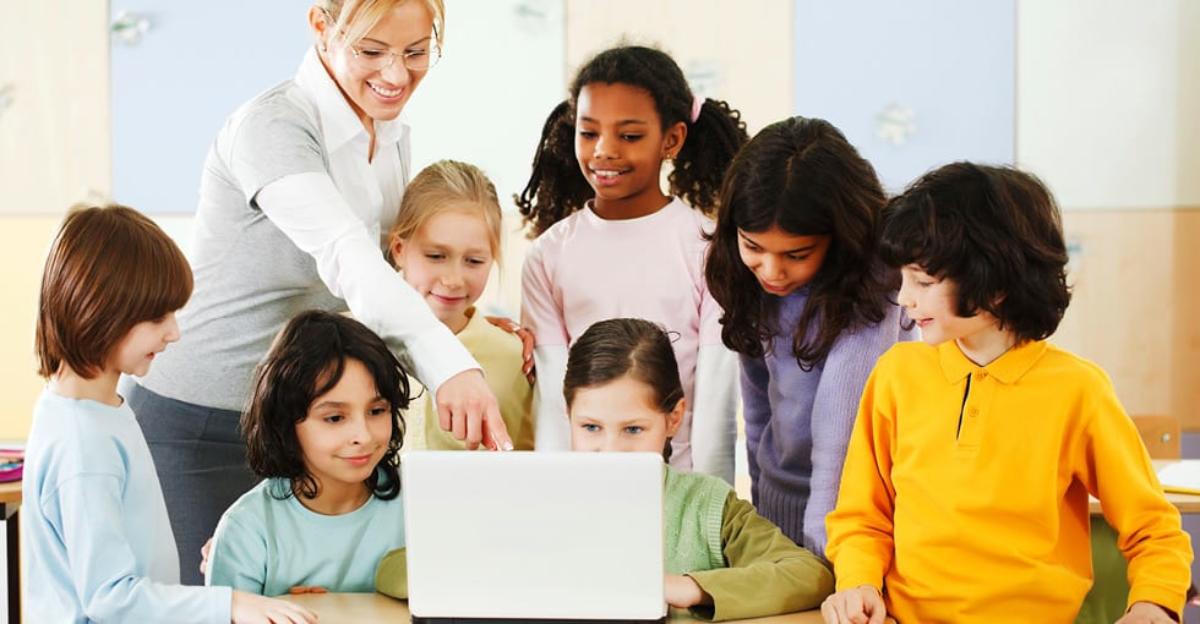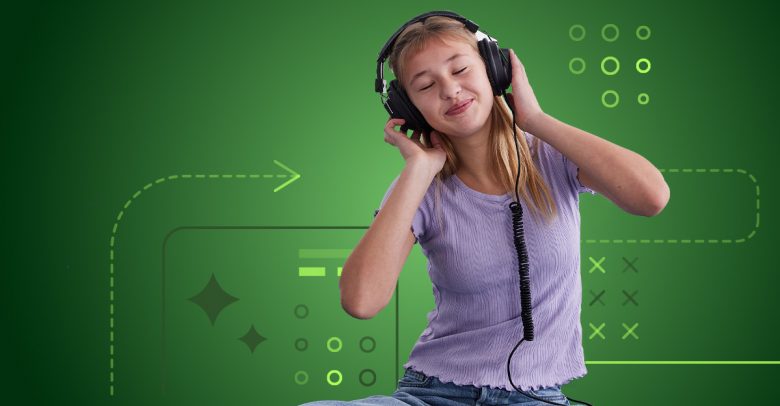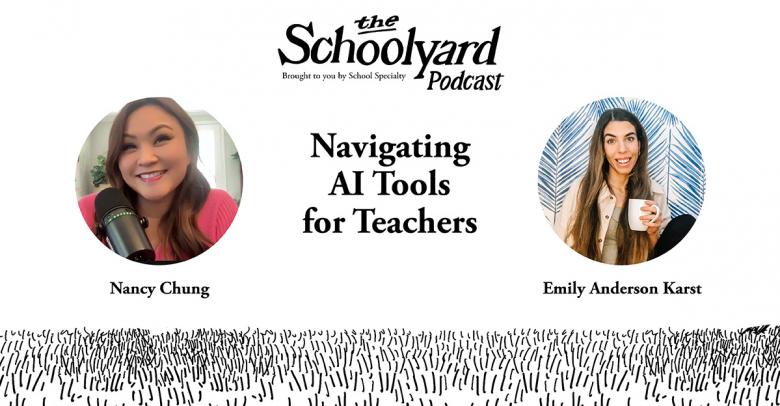Multimedia Storytelling brings a new dimension to reporting, allowing you to tell your story with multimedia using such tools as audio, video, and graphics. The multimedia storyteller identifies the elements of their story, decides whether it is suitable for multimedia production, sketches the concept for their story, gathers their tools and tells a story in multimedia format.
Multimedia is a great tool for the classroom because through its use we are able to encourage students to work in groups, express their knowledge in many ways, develop problem solving skills, learn to revise their own work and construct knowledge.
If you have the skills, time, hardware and software technological resources to handle multimedia then using multimedia can help your students learn:
- Technology skills that can be used in the real-world
- The value of being part of a team and working together to accomplish a project
- Useful collaboration techniques
- How different forms of media impact daily life and the importance of media
- The challenge of figuring out how to communicate messages to different audiences
- Techniques for analyzing and synthesizing complex content
- Important research, planning, and organization skills
- Important presentation and speaking skills
- How to express their ideas creatively
Multimedia for classroom purposes involves the integration of text, graphics, animation, sound, and video in order to convey knowledge. Examples of these projects might include:
- Your students using software such as Inspiration® to accomplish concept-mapping when brainstorming
- Small groups creating a digital movie to explain a procedure
- Students creating spreadsheets or a graphing calculator to produce chart and/or record statistical data
- The creation of a class website that displays student portfolios
- A PowerPoint project using a scanner to import images for a presentation about any subject
Once you have decided to implement multimedia activities in your classroom, take time to plan well. Some items for immediate consideration might be the identification of the activity goals and which standards and benchmarks will be addressed. Beginning by determining your desired outcomes and defining how they will be measured is referred to as ‘Backward Design.’ This method will enable you to be more successful at always moving in the right direction with your activities.
We encourage you to consider multimedia. The implementation of multimedia activities is a great mind and skill expanding idea in any classroom; and the many benefits to the students are innumerable as their preparation for real-world technology integration is increased and reinforced.
Need some real life examples and resources to pull inspiration from and learn more? Here are a few we’ve found:






Leave a Reply